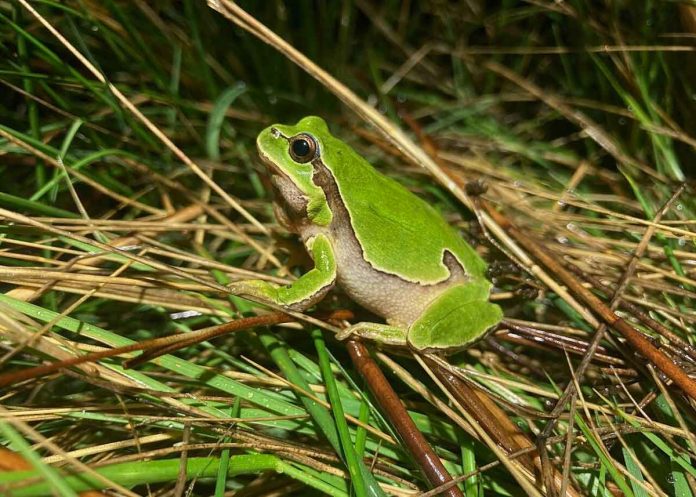Jonathan the Seychelles giant tortoise, who is 190 years old, recently made headlines for being the world’s “oldest living land animal.” Although there is anecdotal evidence that some species of turtles and other ectotherms—or ‘cold-blooded’ animals—live a long time, the evidence is patchy and mostly focused on animals in zoos or a few individuals living in the wild. An international team of 114 scientists led by Penn State and Northeastern Illinois University has published the most comprehensive study of aging and longevity to date, based on data collected in the wild from 107 populations of 77 species of reptiles and amphibians from around the world.
Among their many findings, published today in the journal Science, the researchers discovered for the first time that turtles, crocodilians, and salamanders have unusually low aging rates and long lifespans for their size. The researchers also discovered that protective phenotypes, such as the hard shells of most turtle species, contribute to slower ageing and, in some cases, ‘negligible aging’—the absence of biological ageing.
“While there is anecdotal evidence that some reptiles and amphibians age slowly and have long lifespans, no one has studied this on a large scale across numerous species in the wild,” said David Miller, senior author and associate professor of wildlife population ecology at Penn State. “By understanding what causes some animals to age more slowly, we can better understand human ageing and inform conservation strategies for reptiles and amphibians, many of which are threatened or endangered.”
The researchers used comparative phylogenetic methods to investigate organism evolution using mark-recapture data, in which animals are captured, tagged, released back into the wild, and observed. Their goal was to compare ectotherm ageing and longevity in the wild to endotherms (warm-blooded animals) and investigate previous hypotheses about ageing, such as mode of body temperature regulation and the presence or absence of protective physical traits.
Miller explained that the ‘thermoregulatory mode hypothesis’ suggests that ectotherms age more slowly than endotherms because they require external temperatures to regulate their body temperatures and, as a result, often have lower metabolisms.
“People believe that mice age quickly because they have high metabolisms, whereas turtles age slowly because they have low metabolisms,” Miller explained.
Secrets of aging revealed in the largest study on longevity, aging in reptiles and amphibians

